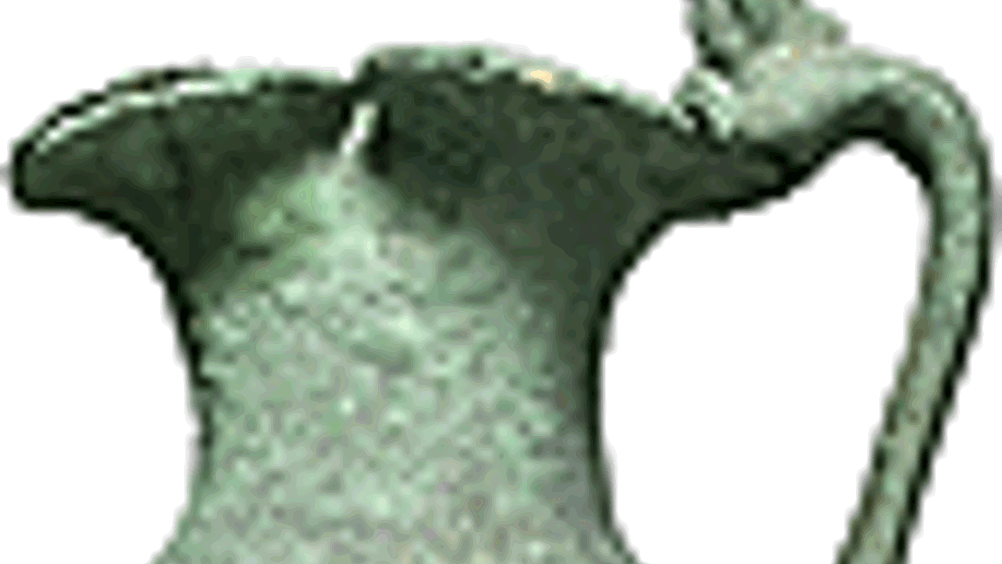Artefact analysis

Scientists at the Science and Technology Facilities Council’s ISIS neutron source in Oxfordshire are to investigate the origins of Roman artefacts found in the
A number of bronze artefacts, including a wine-mixing vessel, jugs and ceremonial pan-shaped objects, were discovered in
The neutron beams at
Register now to continue reading
Thanks for visiting The Engineer. You’ve now reached your monthly limit of news stories. Register for free to unlock unlimited access to all of our news coverage, as well as premium content including opinion, in-depth features and special reports.
Benefits of registering
-
In-depth insights and coverage of key emerging trends
-
Unrestricted access to special reports throughout the year
-
Daily technology news delivered straight to your inbox










Water Sector Talent Exodus Could Cripple The Sector
Maybe if things are essential for the running of a country and we want to pay a fair price we should be running these utilities on a not for profit...